Tel: 01474 876800 • 24 Hr: 01474 876809 • Client Portal
- Who We Are
- What We Do
- Build
- Carpentry
- Building Works
- Commercial Flooring
- Commercial Glazing
- Commercial Locksmith
- Commercial Painting & Decorating
- Commercial Plastering
- Commercial Plumbing
- Commercial Refurbishment
- Commercial Roofing
- Design & Construction
- Electrical Installation
- Hard & Soft Landscaping
- Mechanical & Electrical
- Office Builders
- Office Fit Outs
- Office Heating
- Office Partitioning
- Office Relocation
- Site Management
- Maintain
- 24 Hour Helpdesk
- Access Control
- Air Conditioner Repair
- Air Conditioning Servicing
- Commercial Boiler Servicing
- Commercial Electricians
- Commercial Ground Maintenance
- Commercial Pest Control
- Commercial Property Maintenance
- Drain Unblocking
- Emergency Callouts
- Emergency Light Testing
- Facilities Management
- Fire Alarm Testing
- Fire Extinguisher Testing
- Fire Sprinkler Testing
- Fixed Wire Testing
- Handyman Service
- Lift Servicing
- Office Health & Safety
- PAT Testing
- Planned Preventative Maintenance
- Reactive Maintenance
- Roof Maintenance
- TMV Maintenance
- Water Hygiene
- Clean
- Build
- How We Do It
- Why Use Us
- Contact
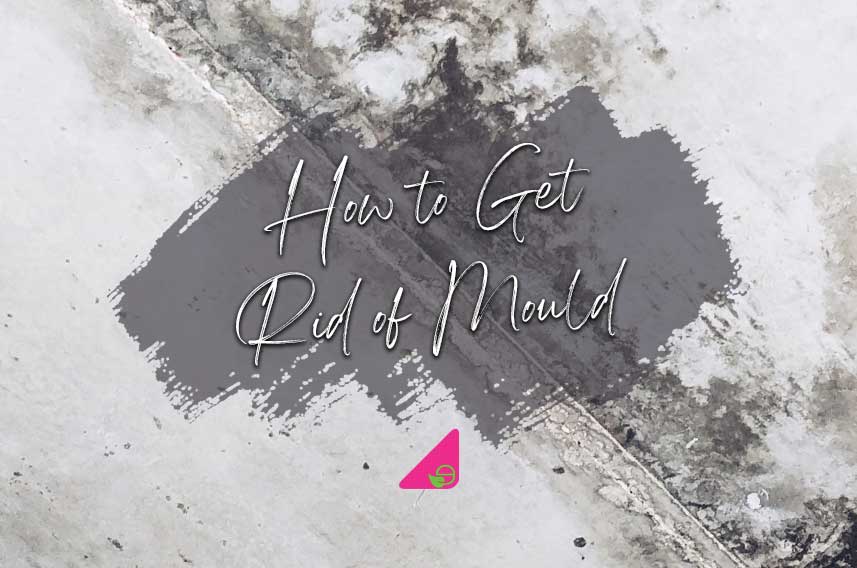
How to Get Rid of Mould
Mould is a common problem in many homes and should be taken very seriously.
As a result of dampness and condensation, mould will develop on various surface areas.
Besides looking unsightly, it’s also very dangerous to health, since the spores which are released have allergens and mycotoxins attached to them.
Therefore, it’s important to be aware of ways you can get rid of mould fast.
Table of Contents
What is Mould?
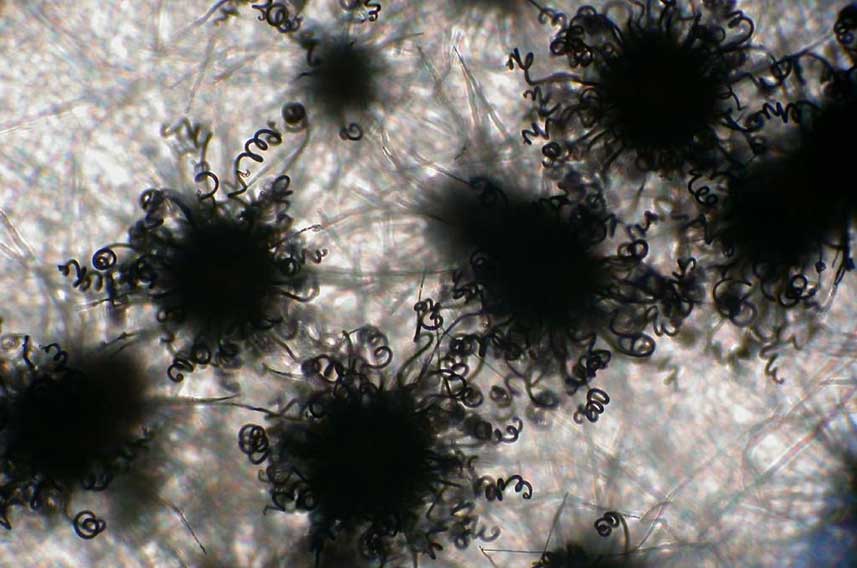
Mould is a microscopic organism which manages to grow on organic materials if moisture and oxygen are present.
Mould travels through the air as spores, and it grows when it lands on a damp surface area.
If mould is visible, it means that there is high moisture or inadequate ventilation in the room.
This could be the result of high humidity levels or condensation that arises from drying clothes indoors and cooking, for example.
If left untreated, mould can be destructive, as well as compromise the air quality.
It can also be harmful healthwise as it can cause allergic reactions, trigger coughing and lead to breathing difficulties.
This is especially dangerous for vulnerable people such as babies and young children, people who suffer from allergies and elderly people.
What Causes Mould?
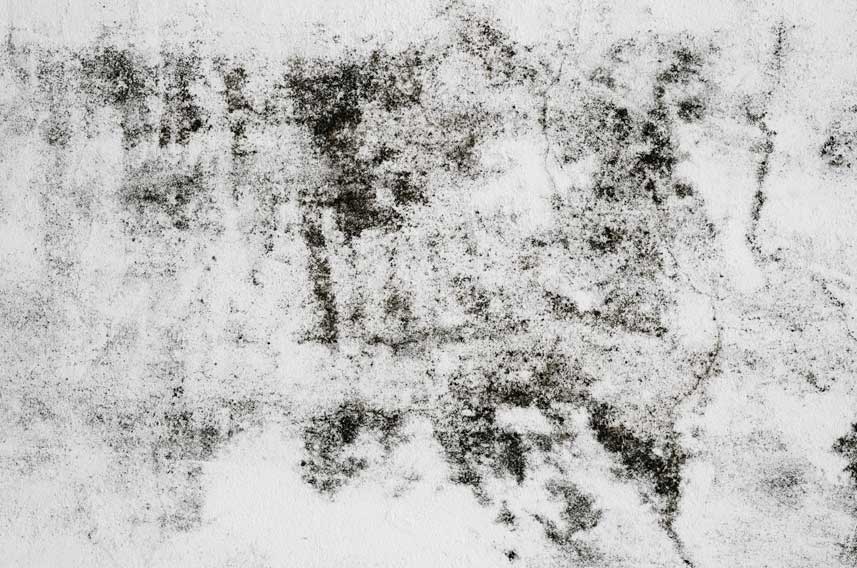
Mould can be caused as a result of one or more of the following reasons or conditions.
Damp Penetration
Damp results when excess unwanted moisture in the air is not able to find a way of escaping.
Damp problems are common in bathrooms and kitchens, for instance, as steam develops when cooking or bathing.
Damp problems can also result when there are plumbing or building maintenance issues in a property, which lead to water and moisture in the interior to be at high levels.
Poor ventilation is another key reason.
Penetrating damp results when water enters the property through its walls, ceilings, or sometimes even through the floor.
So if there are porous bricks, leaks, cavity wall problems or burst gutters, damp penetration problems commonly result.
You may wish to look out for any damages which may be evident on plastering, watermarks or timber that has started to decay.
Penetrating damp can be considerably costly.
Hence it’s important to be on the lookout for any indications of this problem, as well as ensure that preventative measures are taken.
This includes having airtight window frames, seeing to any damaged joints or cracks, and treating any leaks immediately.
Humidity
High humidity levels are an ideal environment for mould to thrive, as evidently, there is plenty of moisture in the air, which leads to its growth.
Humidity levels are very high in rooms such as bathrooms and kitchens, and that is why mould often grows in such rooms.
Condensation
When warm air starts to cool down, condensation is formed.
If there is poor or inadequate ventilation, condensation damp will lead to mould problems.
Generally the first signs of condensation will appear around window frames, because the excess moisture will be trying to find a way out.
You might also notice streaming walls, and in time, the window panes might start to lose their original colour.
Condensation is the most common form of dampness and it affects many homes.
There is not much that can be done to reduce condensation other than ensuring that there is adequate ventilation and wipe down cold surfaces.
Doors to bathrooms and kitchens should also be kept closed.
Rising Damp
Rising damp signs include crumbling plaster and decaying skirting boards.
Tide marks appearing on walls, crumbling mortar, or white salt stains are also signs of rising damp.
This type of damp occurs at ground floor levels since it results from moisture being drawn up the walls from the ground.
This type of damp is best treated by a professional.
Where is Mould Commonly Found
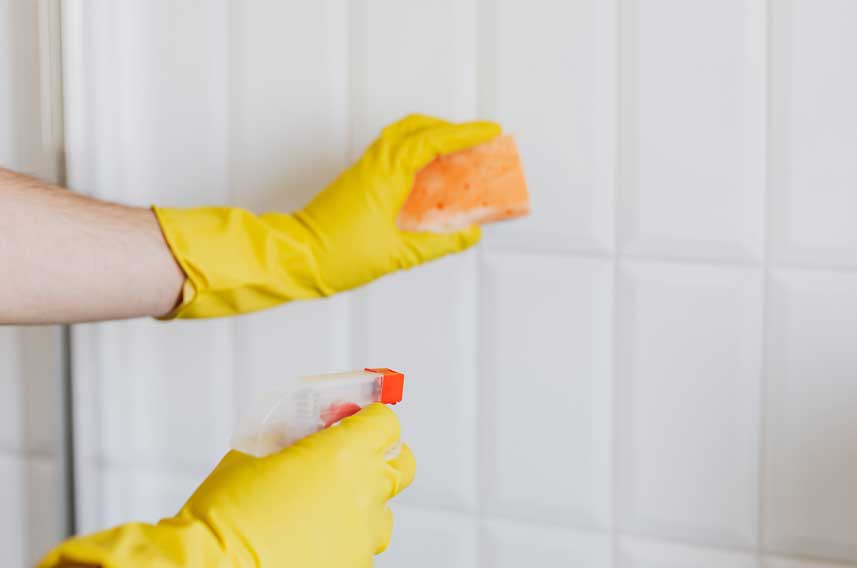
Mould and mildew are a common problem in properties which have high humidity levels, such as those situated in close proximity to the sea or a lake.
However, there is also a higher incidence of mould growing in certain rooms where moisture levels are high, such as;
Bathrooms
Mould is commonly found in bathrooms since there’s a great deal of dampness.
You may notice that black mould could be present in any cracks and crevices in your bathroom, at the base of taps, near plug holes and shower hoses.
This is because the warm water used for showering and bathing will lead to vapour and condensation results.
Mouldy walls and ceilings are quite common in bathrooms since often the vapour is not discharged adequately.
Bedrooms
Mould can grow in bedrooms too, especially if they are not ventilated properly.
This is because as long as a room is warm and damp, it often leads to mould growth.
In bedrooms, mould can spread with spores which float in the air.
These then end up on windows and walls, and mould starts to grow.
Cellars
Mould is often found in cellars.
This is especially because there is insufficient ventilation, as in most cases there are no windows.
Moreover, if there are cardboard boxes stored in the cellar, and any wood, they are ideal for mould growth.
How to Clean & Get Rid of Mould
While soapy water and traditional cleaning products can be used to remove most stains, they will not be sufficiently effective to tackle mould.
The following are some ways which you can use to clean mould.
Distilled Vinegar
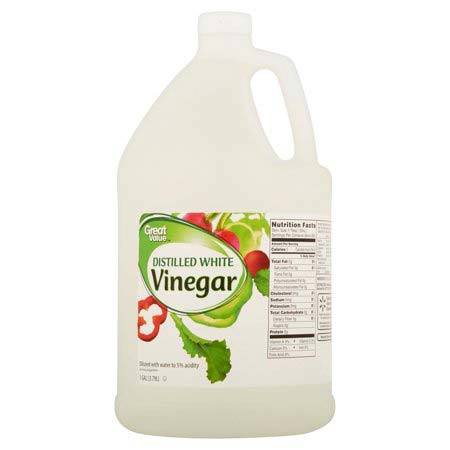 Vinegar is used a lot in cleaning, and it is very effective to clean mould too.
Vinegar is used a lot in cleaning, and it is very effective to clean mould too.
You can spray distilled vinegar directly on the area where mould has emerged.
Allow it to work for at least an hour, and then start to scrub with a wet sponge to remove the mould.
Baking Soda
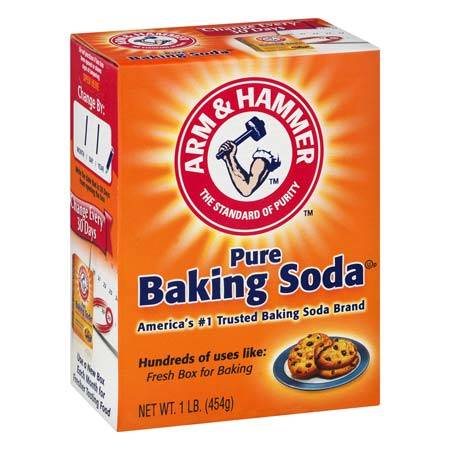 Using baking soda is another option to treat mould.
Using baking soda is another option to treat mould.
Dissolve 5 grams of soda in 25ml of warm water.
Pour in a spray bottle, and coat the mouldy area.
Leave it to work for an hour, and then scrub the stain with a hard brush.
Once done, wipe off using a damp cloth.
Hydrogen Peroxide
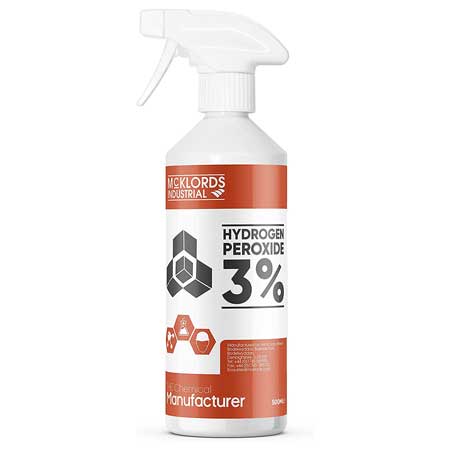 You can make a homemade solution of hydrogen peroxide at a 3% concentration.
You can make a homemade solution of hydrogen peroxide at a 3% concentration.
Spray the mixture on the area where mould has grown, and leave it for ten minutes.
Then, scrub with a brush to remove the stain.
Once done, rinse the area using a damp cloth.
Removing Black Mould
Black mould is a dangerous fungus which is unfortunately commonly found in bathrooms, and sometimes even in bedrooms, behind furniture, around windows and even on clothes.
Black mould starts off as small spots, but it quickly spreads over a bigger area if left untreated.
In cases when it is caused by rising damp, you will notice that there is mould growing up external walls from the skirting boards.
You may use any one of the above mentioned treatments to remove black mould as in most cases they are effective.
However, make sure to exercise caution and always wear goggles, a dust mask and rubber gloves.
The windows should also be opened to allow proper ventilation while you work.
However keep the doors closed to prevent the spores from spreading to other rooms.
It’s important to get rid of black mould as soon as possible, because it can spread to other areas easily.
It is best to locate the source of moisture to deal with it accordingly too.
In cases when there is a colony of toxic mould, it’s best to avoid disturbing it since touching or moving it can lead to huge amounts of harmful spores being released.
In such cases, it’s best to have a mould specialist treat the problem.
Tips to Preventing Mould
The following are some tips you should try to follow in order to prevent mould from developing:
- Check your windows to see if any rain is seeping inside and inspect the condition of the seals to see if they are damaged in some parts.
- Any wet areas are best dried as soon as possible. This includes wiping floors and walls after showering or bathing, wiping away any spillages etc. It is also a good idea to dry any condensation on windows and windowsills.
- It’s crucial to ensure that the air can circulate well in your home. Hence you should open windows ideally every day so as to let fresh air inside, and allow moisture to go out. It is also best to keep internal doors open as much as you can so that the air can flow freely around the house.
- When showering and cooking, it’s recommended to either open a window, or else use an extractor fan.
- Clothes should be dried outside rather than indoors. If you cannot do otherwise it’s crucial to open a window in that room, and keep the door closed.
- Window vents should be left open permanently.
- Monitor the humidity level in your home using a moisture meter. Humidity should ideally be between 30% and 60%.
- You could use a dehumidifier to remove damp air. Moisture traps on window sills also help.
- Check for any leaks by inspecting the exterior of the house on a regular basis. Check gutters and downpipes especially.
- Roof gutters should be cleared out regularly to avoid water overflowing onto the walls.
- Fascia boards and roof tiles should be checked every now and then to repair any damaged areas where leaks could result.
- Any plumbing leaks need to be seen to as quickly as possible.
Conclusion
If there is mould in your house, it’s important to remove it as it is not only unsightly, but also extremely dangerous to your health.
You may try home remedies, or seek expert advice for more professional mould removal solutions.
While removing mould is important, it is also best to deal with the causes of mould growth, as well as prevent it from growing in the first place.


Request a Callback
Recent Posts
- How to Clean an Oven 01th Apr 2023
- How to Clean & Descale a Shower Head 01th Mar 2023
- How to Clean a Fabric Sofa 01th Feb 2023
- How to Get Rid of Mould 01th Jan 2023
- How to Clean a Mattress Properly 01th Dec 2022
- How to Clean a Washing Machine 01th Nov 2022
- How to Clean a Microwave 01th Oct 2022
- How to Get Blood Out of a Carpet 01th Sep 2022
- What is Access Control? 01th Aug 2022
- What is Hot Water Extraction Carpet Cleaning? 01th Jul 2022

